JAPAN'S EXPORT CURBS AND KOREA'S ECONOMY
입력 2020.02.18 (15:04)
수정 2020.02.18 (16:45)
읽어주기 기능은 크롬기반의
브라우저에서만 사용하실 수 있습니다.
[Anchor Lead]
Last year, Japan imposed export restrictions on shipments of three high-tech materials to South Korea, stirring concern over possible economic impacts from the move. But South Korea has been able to address the Japanese trade curbs with no production disruptions, and the government is now pledging to fully stabilize the supply of the three materials within this year.
[Pkg]
A New Year's policy report at the presidential office on Monday, the Ministry of Trade, Industry and Energy placed special emphasis on "breaking away from Japan." It then revealed that one of the first goals for 2020 is to fully stabilize the supply of three high-tech materials used in chips and displays. Last July, Tokyo imposed curbs on exports of these materials to Seoul. Hydrogen fluoride, used to remove impurities in the chip-making process. Two thirds of the domestic demand for the material were fulfilled by Japan. But Korea rapidly moved to increase its own production of the chemical, following the retaliatory measures. The amount of domestically produced hydrogen fluoride has doubled so far. The government is planning to further increase the domestic production. Photoresist is an essential material for etching semiconductor circuits on wafers. The ministry pledged to speed up efforts to diversify import sources for the material and to completely break away from dependence on Japan within this year. It was also highlighted that the export curbs only had a limited impact on domestic industries, with no production disruptions reported.
[Soundbite] SUNG YUN-MO(MINISTER OF TRADE, INDUSTRY AND ENERGY) : "Despite Japan's sudden export curbs, there have been no reports of production disruption. This achievement has been accomplished based on the perception of economic security."
After achieving technology independence for the three key materials this year, the government plans to stabilize the supply of 20 industrial items by next year and 100 more by 2025. It will focus first on accelerating efforts to realize the nation's independence in the nine material and component sectors, including chips and robots. In order to achieve the goal, the government will inject 2.1 trillion won by 2025. The government also announced measures to support industries hit by the COVID-19 outbreak. These include operating an assistance program for affected companies while helping businesses find alternative import sources to replace China. The ministry also revealed plans to boost the so-called hydrogen economy and new industries, like the future car and bio sectors.
Last year, Japan imposed export restrictions on shipments of three high-tech materials to South Korea, stirring concern over possible economic impacts from the move. But South Korea has been able to address the Japanese trade curbs with no production disruptions, and the government is now pledging to fully stabilize the supply of the three materials within this year.
[Pkg]
A New Year's policy report at the presidential office on Monday, the Ministry of Trade, Industry and Energy placed special emphasis on "breaking away from Japan." It then revealed that one of the first goals for 2020 is to fully stabilize the supply of three high-tech materials used in chips and displays. Last July, Tokyo imposed curbs on exports of these materials to Seoul. Hydrogen fluoride, used to remove impurities in the chip-making process. Two thirds of the domestic demand for the material were fulfilled by Japan. But Korea rapidly moved to increase its own production of the chemical, following the retaliatory measures. The amount of domestically produced hydrogen fluoride has doubled so far. The government is planning to further increase the domestic production. Photoresist is an essential material for etching semiconductor circuits on wafers. The ministry pledged to speed up efforts to diversify import sources for the material and to completely break away from dependence on Japan within this year. It was also highlighted that the export curbs only had a limited impact on domestic industries, with no production disruptions reported.
[Soundbite] SUNG YUN-MO(MINISTER OF TRADE, INDUSTRY AND ENERGY) : "Despite Japan's sudden export curbs, there have been no reports of production disruption. This achievement has been accomplished based on the perception of economic security."
After achieving technology independence for the three key materials this year, the government plans to stabilize the supply of 20 industrial items by next year and 100 more by 2025. It will focus first on accelerating efforts to realize the nation's independence in the nine material and component sectors, including chips and robots. In order to achieve the goal, the government will inject 2.1 trillion won by 2025. The government also announced measures to support industries hit by the COVID-19 outbreak. These include operating an assistance program for affected companies while helping businesses find alternative import sources to replace China. The ministry also revealed plans to boost the so-called hydrogen economy and new industries, like the future car and bio sectors.
■ 제보하기
▷ 카카오톡 : 'KBS제보' 검색, 채널 추가
▷ 전화 : 02-781-1234, 4444
▷ 이메일 : kbs1234@kbs.co.kr
▷ 유튜브, 네이버, 카카오에서도 KBS뉴스를 구독해주세요!
- JAPAN'S EXPORT CURBS AND KOREA'S ECONOMY
-
- 입력 2020-02-18 15:06:55
- 수정2020-02-18 16:45:17
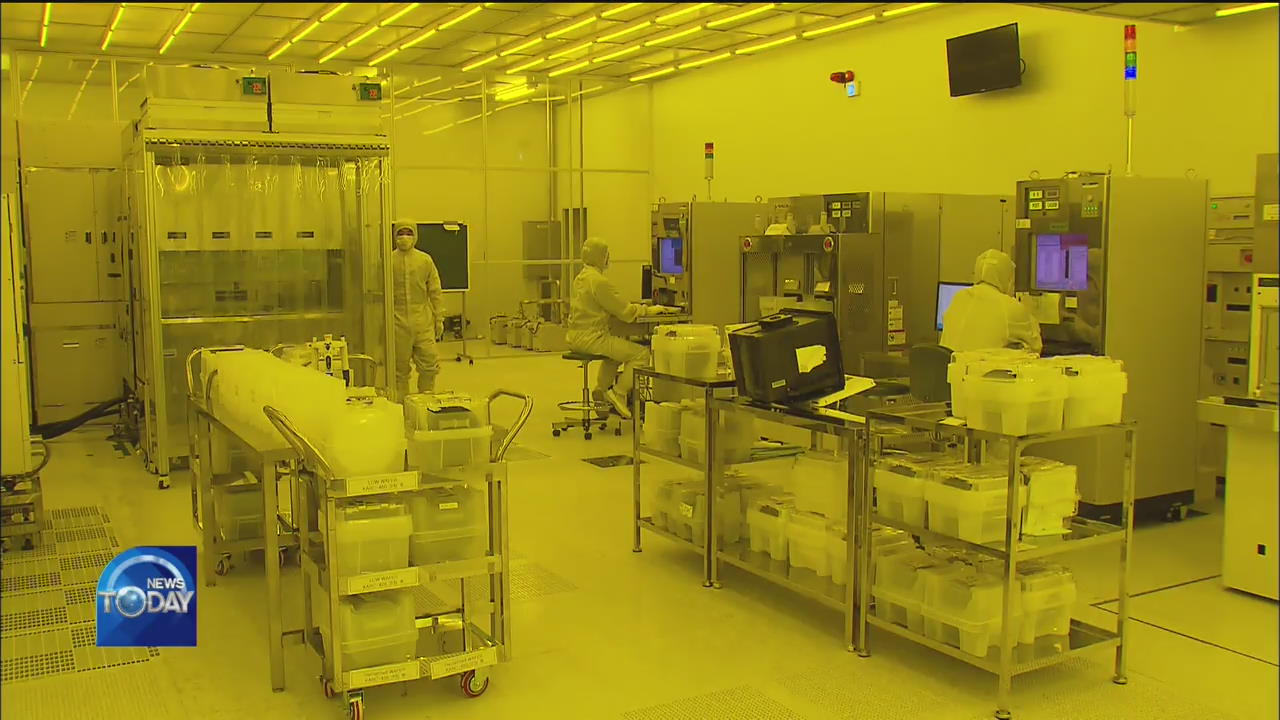
[Anchor Lead]
Last year, Japan imposed export restrictions on shipments of three high-tech materials to South Korea, stirring concern over possible economic impacts from the move. But South Korea has been able to address the Japanese trade curbs with no production disruptions, and the government is now pledging to fully stabilize the supply of the three materials within this year.
[Pkg]
A New Year's policy report at the presidential office on Monday, the Ministry of Trade, Industry and Energy placed special emphasis on "breaking away from Japan." It then revealed that one of the first goals for 2020 is to fully stabilize the supply of three high-tech materials used in chips and displays. Last July, Tokyo imposed curbs on exports of these materials to Seoul. Hydrogen fluoride, used to remove impurities in the chip-making process. Two thirds of the domestic demand for the material were fulfilled by Japan. But Korea rapidly moved to increase its own production of the chemical, following the retaliatory measures. The amount of domestically produced hydrogen fluoride has doubled so far. The government is planning to further increase the domestic production. Photoresist is an essential material for etching semiconductor circuits on wafers. The ministry pledged to speed up efforts to diversify import sources for the material and to completely break away from dependence on Japan within this year. It was also highlighted that the export curbs only had a limited impact on domestic industries, with no production disruptions reported.
[Soundbite] SUNG YUN-MO(MINISTER OF TRADE, INDUSTRY AND ENERGY) : "Despite Japan's sudden export curbs, there have been no reports of production disruption. This achievement has been accomplished based on the perception of economic security."
After achieving technology independence for the three key materials this year, the government plans to stabilize the supply of 20 industrial items by next year and 100 more by 2025. It will focus first on accelerating efforts to realize the nation's independence in the nine material and component sectors, including chips and robots. In order to achieve the goal, the government will inject 2.1 trillion won by 2025. The government also announced measures to support industries hit by the COVID-19 outbreak. These include operating an assistance program for affected companies while helping businesses find alternative import sources to replace China. The ministry also revealed plans to boost the so-called hydrogen economy and new industries, like the future car and bio sectors.
Last year, Japan imposed export restrictions on shipments of three high-tech materials to South Korea, stirring concern over possible economic impacts from the move. But South Korea has been able to address the Japanese trade curbs with no production disruptions, and the government is now pledging to fully stabilize the supply of the three materials within this year.
[Pkg]
A New Year's policy report at the presidential office on Monday, the Ministry of Trade, Industry and Energy placed special emphasis on "breaking away from Japan." It then revealed that one of the first goals for 2020 is to fully stabilize the supply of three high-tech materials used in chips and displays. Last July, Tokyo imposed curbs on exports of these materials to Seoul. Hydrogen fluoride, used to remove impurities in the chip-making process. Two thirds of the domestic demand for the material were fulfilled by Japan. But Korea rapidly moved to increase its own production of the chemical, following the retaliatory measures. The amount of domestically produced hydrogen fluoride has doubled so far. The government is planning to further increase the domestic production. Photoresist is an essential material for etching semiconductor circuits on wafers. The ministry pledged to speed up efforts to diversify import sources for the material and to completely break away from dependence on Japan within this year. It was also highlighted that the export curbs only had a limited impact on domestic industries, with no production disruptions reported.
[Soundbite] SUNG YUN-MO(MINISTER OF TRADE, INDUSTRY AND ENERGY) : "Despite Japan's sudden export curbs, there have been no reports of production disruption. This achievement has been accomplished based on the perception of economic security."
After achieving technology independence for the three key materials this year, the government plans to stabilize the supply of 20 industrial items by next year and 100 more by 2025. It will focus first on accelerating efforts to realize the nation's independence in the nine material and component sectors, including chips and robots. In order to achieve the goal, the government will inject 2.1 trillion won by 2025. The government also announced measures to support industries hit by the COVID-19 outbreak. These include operating an assistance program for affected companies while helping businesses find alternative import sources to replace China. The ministry also revealed plans to boost the so-called hydrogen economy and new industries, like the future car and bio sectors.
이 기사가 좋으셨다면
-
좋아요
0
-
응원해요
0
-
후속 원해요
0










![[HEADLINE]](https://news.kbs.co.kr/data/news/2020/02/18/4383889_10.jpg)
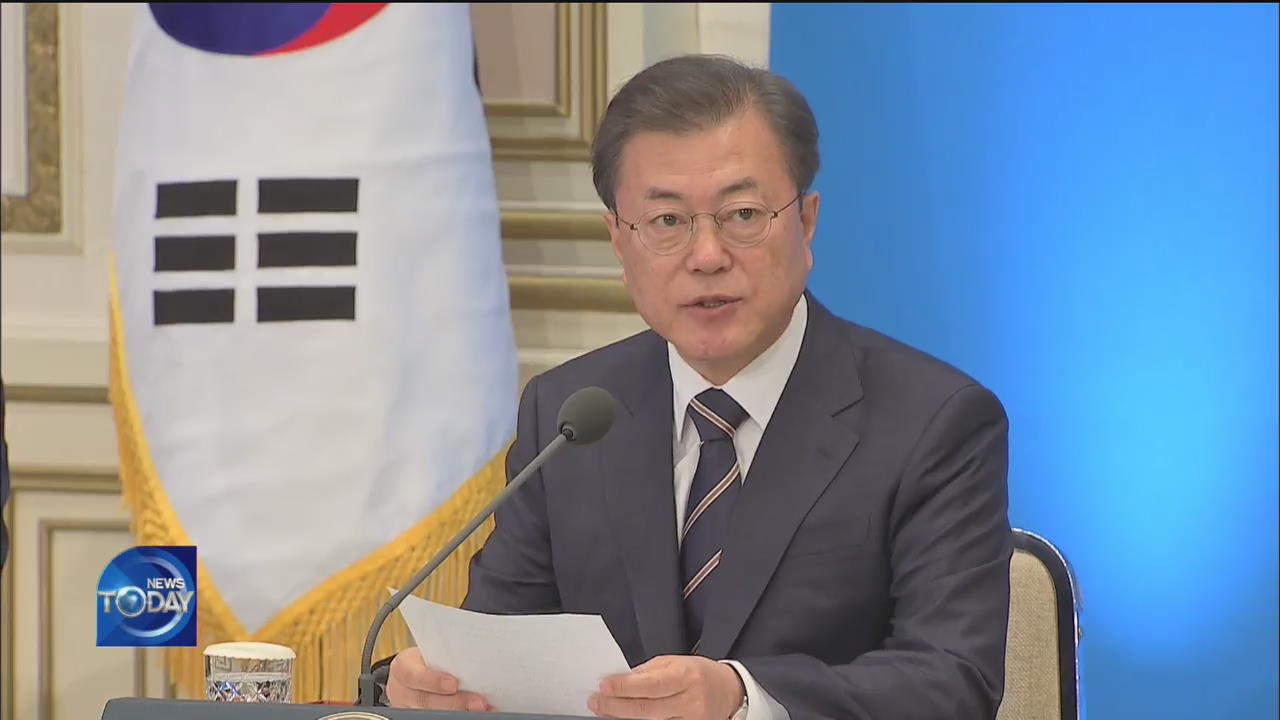
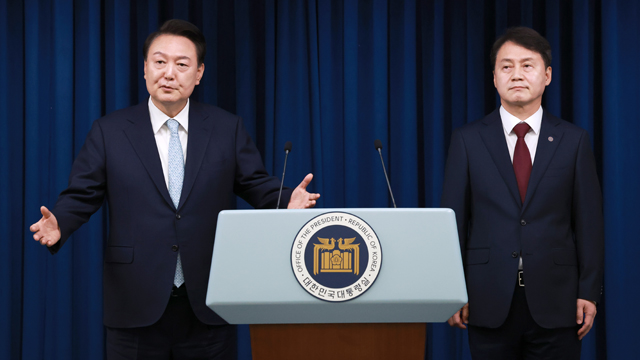
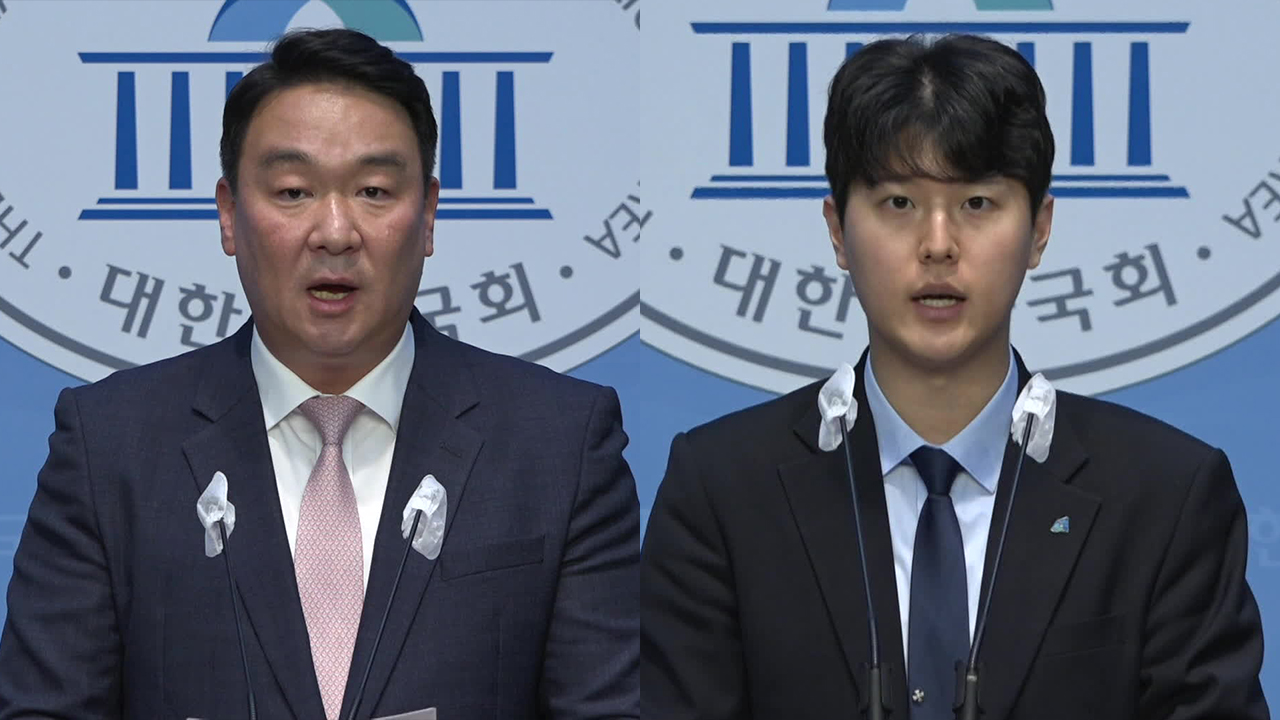
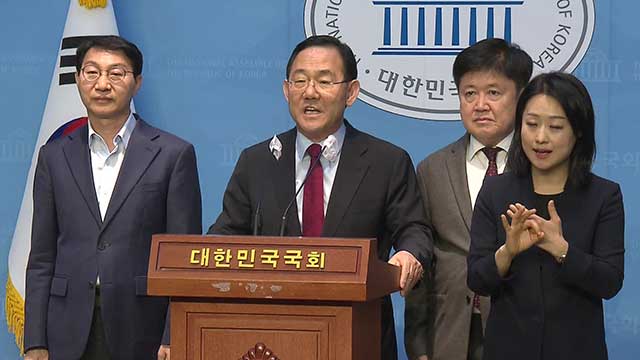
![[단독] 여자친구 살해 20대, <br>의대 재학생으로 확인](/data/layer/904/2024/05/20240507_OwpjZJ.jpg)

이 기사에 대한 의견을 남겨주세요.